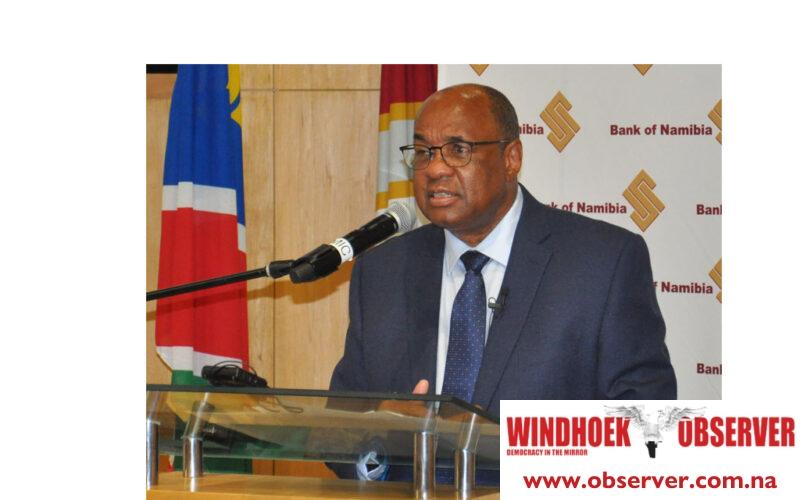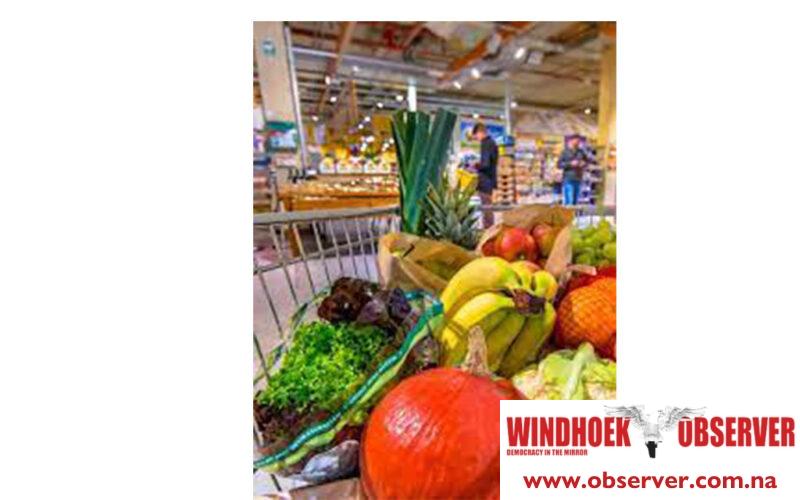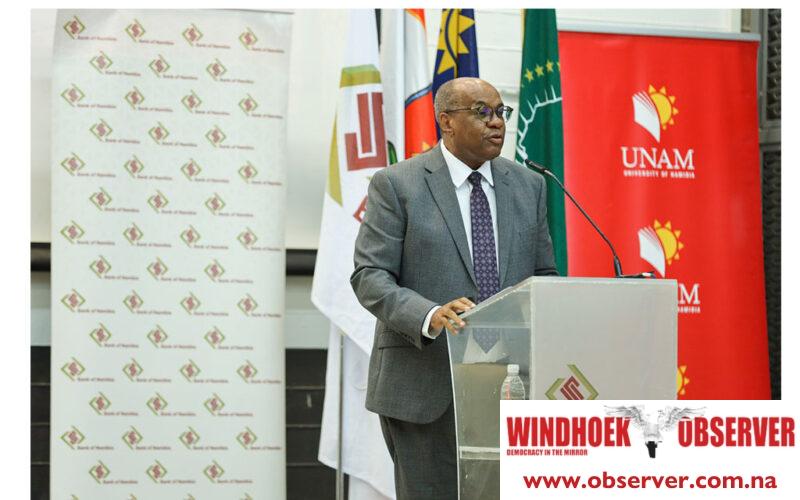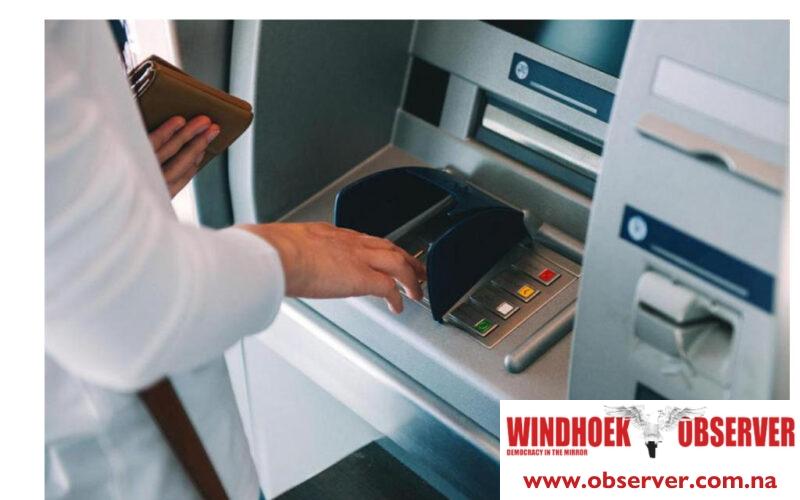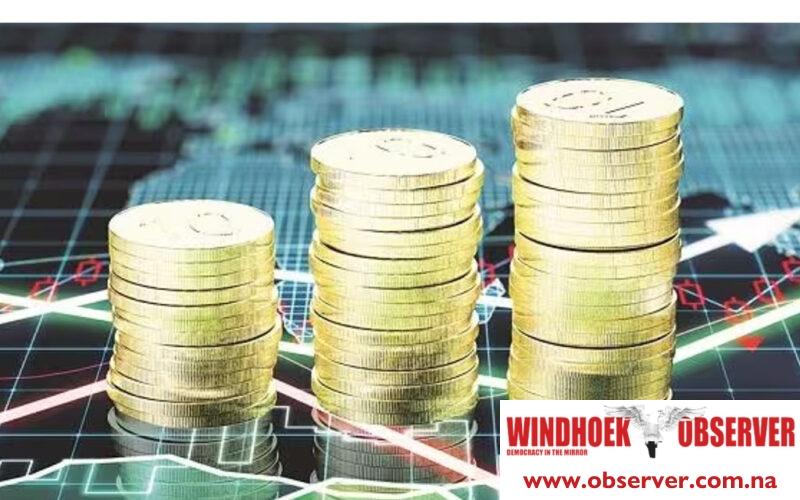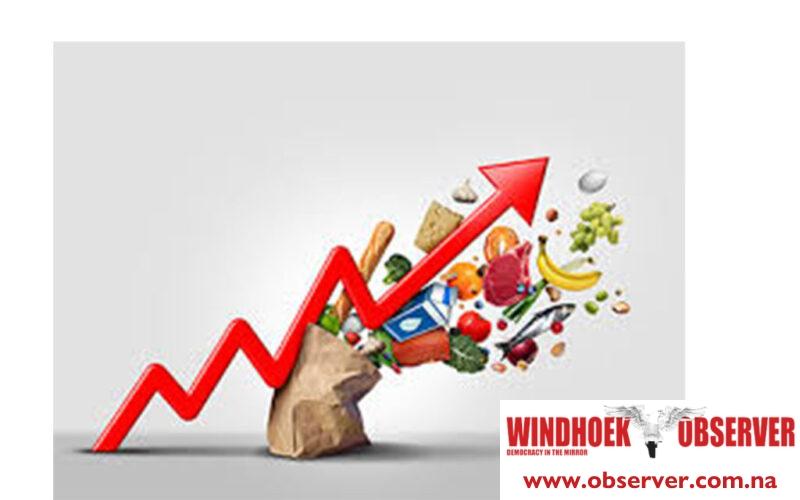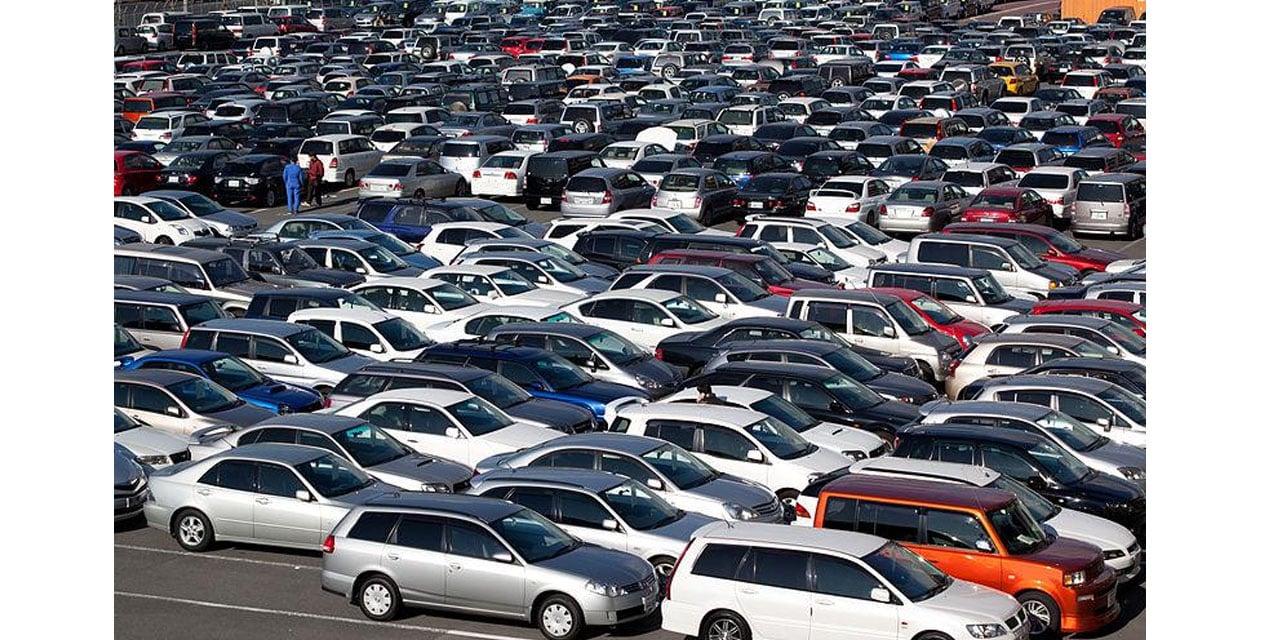24
Oct
CHAMWE KAIRA Economic research firm Simonis Storm has said while it remains cautious about the overall recovery of the construction sector, it is excited about the opportunities ahead. The recent 25-basis point rate cut by the Bank of Namibia is a welcome step toward creating a more favorable environment for property financing, particularly in the residential sector, the firm said. “Although the current challenges in both corporate and household mortgage lending suggest that deeper structural issues persist, we expect that further rate cuts are on the horizon, offering additional relief and support for the sector,” the firm said. Simonis said…




